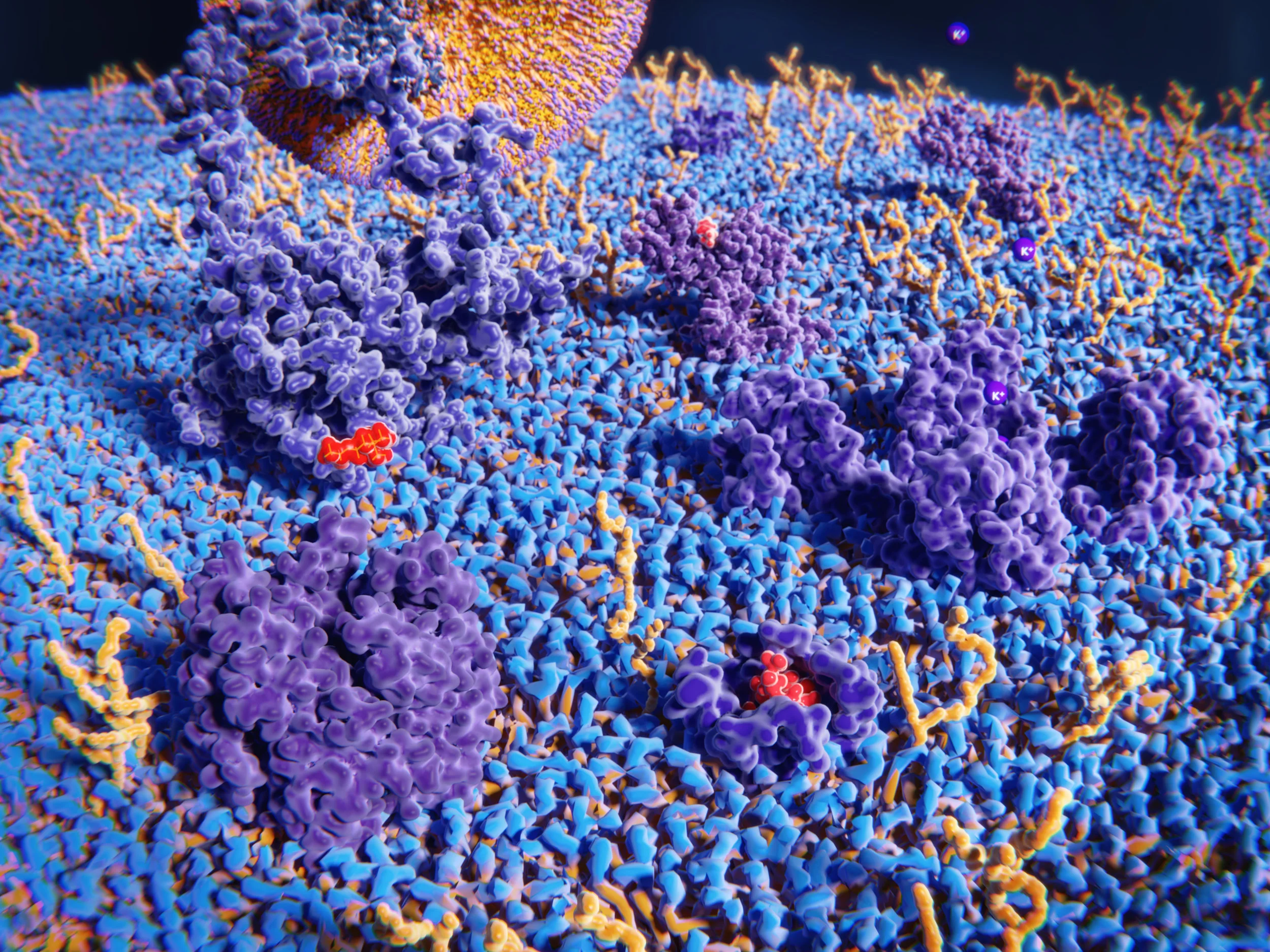Defining Meta'omics
- the study of complex natural systems using molecular biology and/or mass spectrometric techniques to analyze a pool of biomolecules. Examples:
•DNA (Meta-Genomics)
•RNA (Meta-Transcriptomics)
•Proteins (Meta-Proteomics)
•Metabolites (Metabolomics) [targeted/untargeted]
•Lipids (Meta-Lipidomics)
•Sugars (Meta-Glycomics)
Lipidome of the model diatom Phaeodactylum tricornutum. The oxylipins and lysophospholipids elute first. Followed by the intact polar diacylglycerides which are membrane lipids. Pigments and storage lipids such as triacylglycerides elute last.
Collins JR, Edwards BR, Fredricks HF, and Van Mooy BAS. (2016) LOBSTAHS: An Adduct-Based Lipidomics Strategy for Discovery and Identification of Oxidative Stress Biomarkers. Analytical Chemistry 88 (14) 7154–7162.
“A comprehensive analysis of lipid molecules, “Lipidomics,” in the context of genomics and proteomics is crucial to understanding cellular physiology and pathology; consequently, lipid biology has become a major research target of the postgenomic revolution and systems biology.”
Lipidomic Approach
Characterization of the dissolved and particulate lipid pool in culture, mesocosm experiments, and in situ.
High-resolution accurate mass (HRAM) mass spectrometry paired with Ultra-High-Performance Liquid Chromatography.
Chemo-informatic pipeline utilizing R packages such as XCMS, CAMERA, LOBSTAHS, and open-source software such as MS-DIAL and El-MAVEN.
Integrated Meta'omic
Meta-genomics and meta-transcriptomics are utilized to better understand community composition and microbial metabolism of natural populations, as well as, test hypotheses from lipidomic results
Statistical approaches include multivariate analysis and machine learning using R packages such as MetaboAnalyst and mixOMICs

